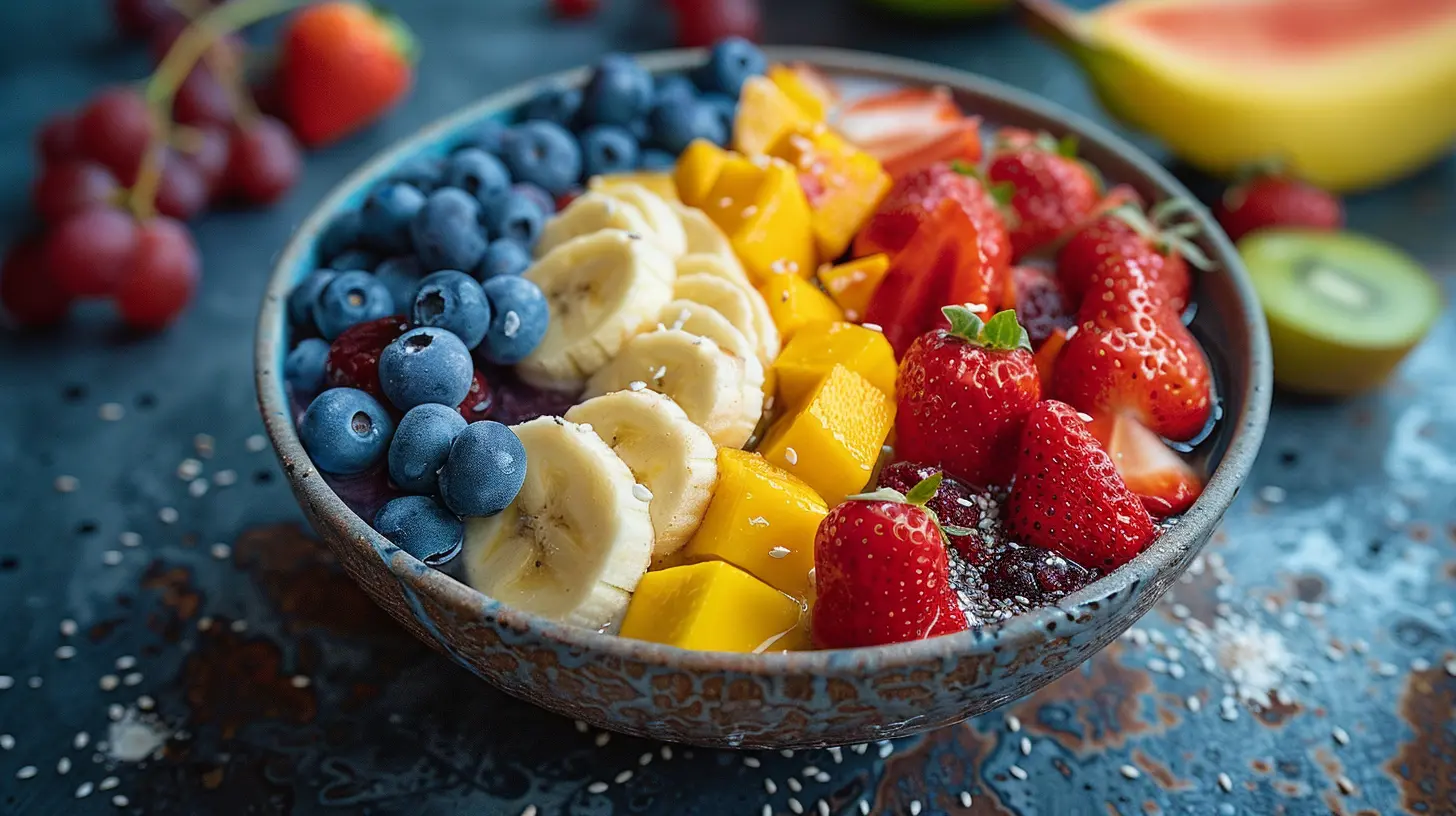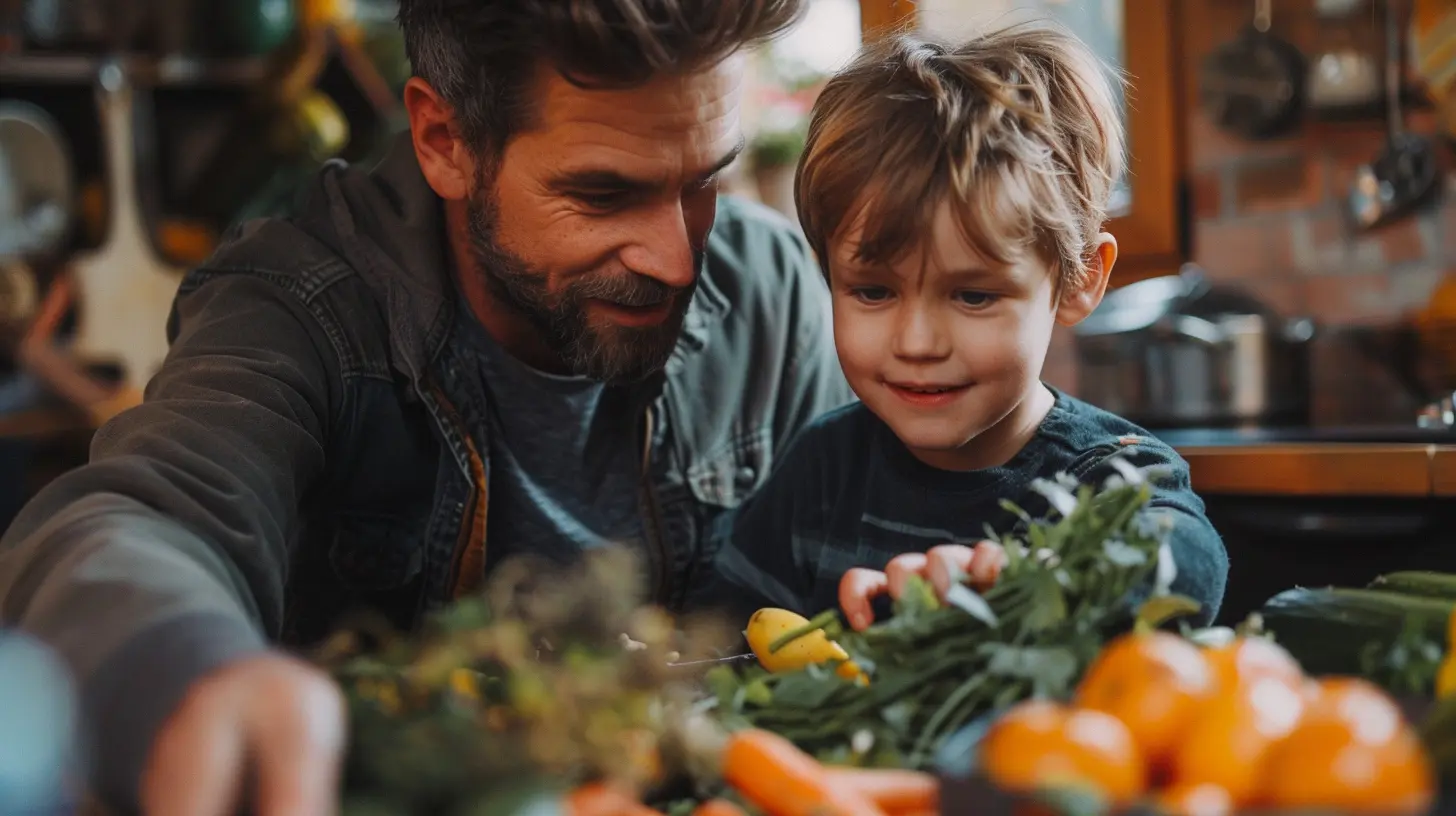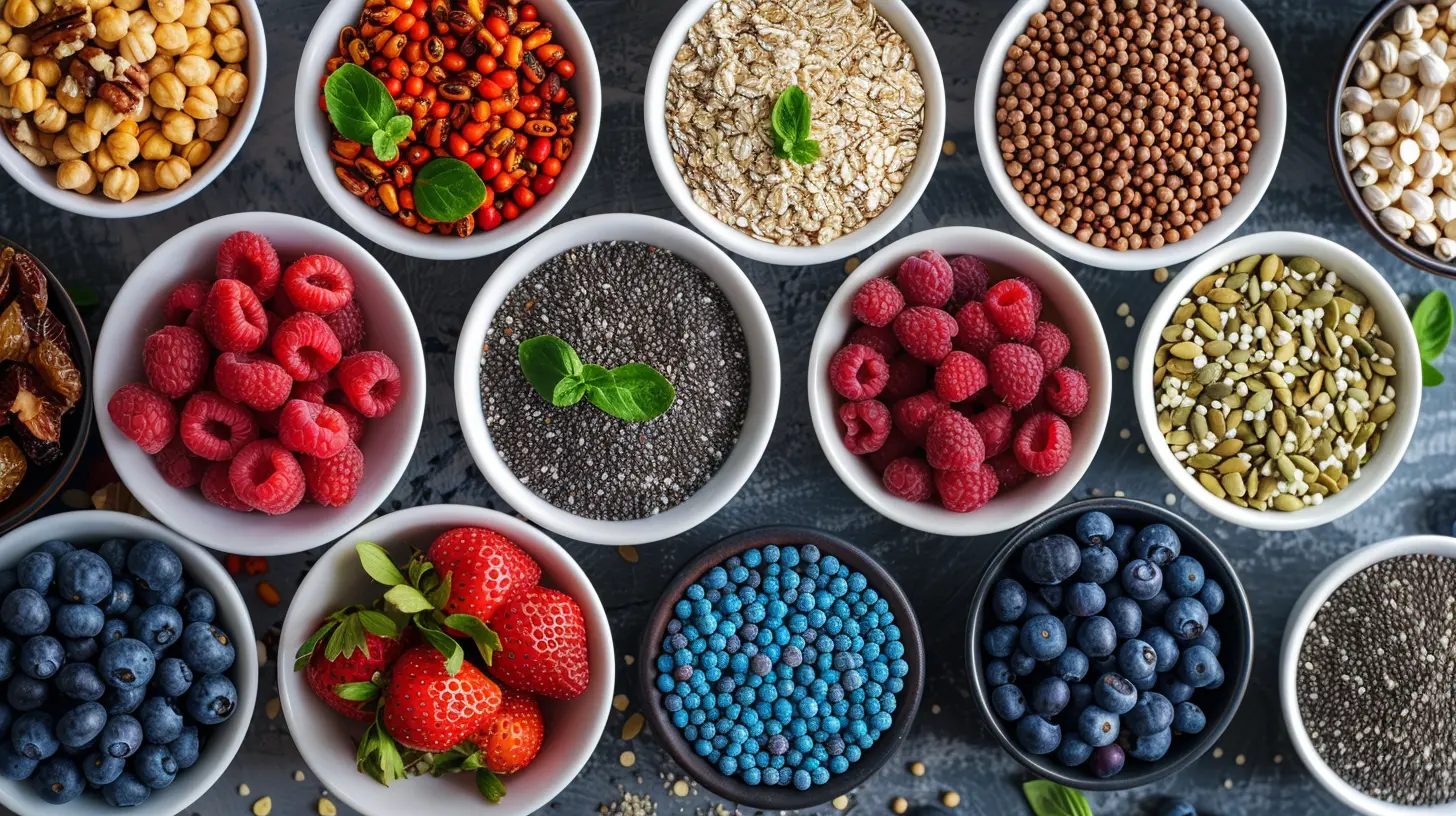Understanding Childhood Nutrition: Getting the Basics Right
10 June 2025
Good nutrition in childhood is the cornerstone of a healthy, thriving life. It shapes everything from brain development to physical growth and even emotional well-being. Yet, with so much conflicting advice out there, it’s easy for parents to feel overwhelmed.
So, how do we get the basics right? Let’s break it down in a simple, no-nonsense way so you can feel confident that your little one is getting all the nutrients they need.

Why Childhood Nutrition Matters
Think of a child's body like a growing tree—without the right nutrients, it won’t sprout strong roots or sturdy branches. Proper nutrition fuels their energy levels, enhances immunity, and sets the stage for lifelong health. Here’s why it’s crucial:- Brain Development: The first few years shape cognitive abilities. Nutrients like Omega-3s, iron, and choline are crucial for memory, learning, and focus.
- Stronger Immunity: A well-balanced diet helps the body fight off infections, common colds, and even allergies.
- Healthy Growth: Bones, muscles, and organs all depend on essential vitamins and minerals to develop properly.
- Lifelong Habits: Kids who eat well early on are more likely to make healthier choices as adults.
Now that we know the why, let’s dive into the what—the essential nutrients every child needs.

The Building Blocks of a Healthy Diet
Balanced nutrition isn't about forcing kids to eat veggies at every meal (though that would be amazing). It’s about ensuring they get a mix of essential nutrients from different food sources.1. Protein: The Growth Booster
Protein is a child’s best friend when it comes to growth and muscle development. It also strengthens immunity and keeps energy levels stable.Best Sources:
- Lean meats (chicken, turkey, fish)
- Eggs
- Dairy (milk, cheese, yogurt)
- Beans and lentils
- Nuts and seeds
2. Carbohydrates: The Energy Powerhouse
Carbs often get a bad rap, but they are the main energy source for kids. The key is choosing the right ones—complex carbs rather than refined sugars.Best Sources:
- Whole grains (brown rice, whole wheat bread, oatmeal)
- Fruits
- Vegetables
- Legumes
Avoid overloading on processed snacks, sugary cereals, and white bread, which can lead to energy crashes.
3. Healthy Fats: Brain Fuel
Healthy fats are crucial for brain development and overall growth. They also help absorb fat-soluble vitamins like A, D, E, and K.Best Sources:
- Avocados
- Nuts (almonds, walnuts)
- Seeds (chia, flaxseeds)
- Olive oil
- Fatty fish (salmon, mackerel)
Skip trans fats found in fried foods and packaged snacks—they do more harm than good.
4. Vitamins and Minerals: The Little Champions
Vitamins and minerals are your child’s secret shield against illness and deficiencies. Here are some of the most important ones:- Vitamin A (Improves vision & immune function) – Found in carrots, sweet potatoes, and spinach.
- Vitamin C (Boosts immunity & skin health) – Get it from citrus fruits, strawberries, and bell peppers.
- Vitamin D (Essential for strong bones) – Sunlight, dairy, and fortified cereals help.
- Iron (Prevents fatigue & supports brain development) – Found in lean meats, beans, and fortified cereals.
- Calcium (Builds strong bones & teeth) – Dairy, leafy greens, and tofu are great sources.
5. Hydration: The Overlooked Essential
Water is just as important as food! It helps digestion, keeps energy levels stable, and prevents dehydration.Encourage kids to drink water throughout the day instead of sugary juices or sodas. If they find plain water boring, try adding fresh fruit slices for a fun twist.

Common Nutritional Mistakes Parents Make
Even with the best intentions, it’s easy to fall into certain traps. Here are a few common mistakes—and how to avoid them:1. Relying Too Much on Processed Foods
Packaged foods save time, but many are loaded with preservatives, artificial sugars, and unhealthy fats. Try making homemade versions of snacks whenever possible.2. Forcing Kids to Eat Everything on Their Plate
Pressuring kids to finish meals can lead to unhealthy eating habits. Instead, let them listen to their hunger cues to develop a natural relationship with food.3. Skipping Breakfast
Breakfast kickstarts metabolism and keeps kids energized. A protein-rich breakfast (like eggs and whole-grain toast) is a much better option than sugary cereal.4. Overloading on Juices and Sugary Drinks
Many parents think fruit juice is healthy, but it often contains as much sugar as soda. Opt for whole fruits and water instead of sugary drinks.5. Inconsistent Meal Times
Kids thrive on routine. Try to keep meal times consistent to regulate metabolism and prevent unnecessary snacking.
How to Make Healthy Eating Fun for Kids
Most kids aren’t exactly excited about broccoli. But making healthy eating fun can change that!- Get Them Involved: Let kids help with grocery shopping and meal prep. They’re more likely to eat what they help make.
- Make Food Colorful: A vibrant plate with a variety of colors is more appealing. Think bright fruits, colorful veggies, and fun shapes.
- Use Fun Names: “Superhero Smoothie” or “Dinosaur Nuggets” (made from grilled chicken) can make a big difference.
- Experiment with Presentation: Try making faces with fruit or turning veggies into fun shapes using cookie cutters.
Meal Planning Tips for Busy Parents
Life gets hectic, but meal planning can make healthy eating less stressful.- Plan Ahead: Set aside time each week to plan meals. This reduces last-minute unhealthy choices.
- Batch Cook & Freeze: Prepare meals in bulk and freeze portions for busy days.
- Keep Healthy Snacks Handy: Stock up on nuts, yogurt, cheese sticks, and cut-up fruits for easy, healthy snacking.
- Make Lunches Fun: Bento boxes with a mix of protein, veggies, and whole grains keep meals interesting.
Final Thoughts
Getting childhood nutrition right doesn’t have to be complicated or stressful. By focusing on whole, nutrient-rich foods and reducing processed items, you’re setting your child up for a lifetime of good health.Remember, perfection isn’t the goal—balance is. Some days will be better than others, and that’s okay. What matters is fostering a positive relationship with food so your child grows strong, happy, and healthy.
So, next time you’re preparing a meal, ask yourself: “Is this fueling my child’s growth, energy, and happiness?” If the answer is yes, you’re doing just fine.
all images in this post were generated using AI tools
Category:
Childrens HealthAuthor:

Kelly Snow
Discussion
rate this article
2 comments
Soliel Turner
Great article! It’s so important to get the basics of childhood nutrition right. I love the practical tips you shared. As a parent, I appreciate simple ways to ensure my kids eat healthy and develop good habits. Thanks!
June 12, 2025 at 3:54 PM

Kelly Snow
Thank you so much for your kind words! I'm glad you found the tips helpful for your family's nutrition journey.
Tatianna Wolfe
Great insights on childhood nutrition! Remember, balanced meals and healthy snacks can make a big difference in kids' growth and development. Start with small, sustainable changes!
June 10, 2025 at 4:13 AM

Kelly Snow
Thank you! I completely agree—balanced meals and healthy snacks are crucial for children’s growth. Small changes can lead to lasting habits!


